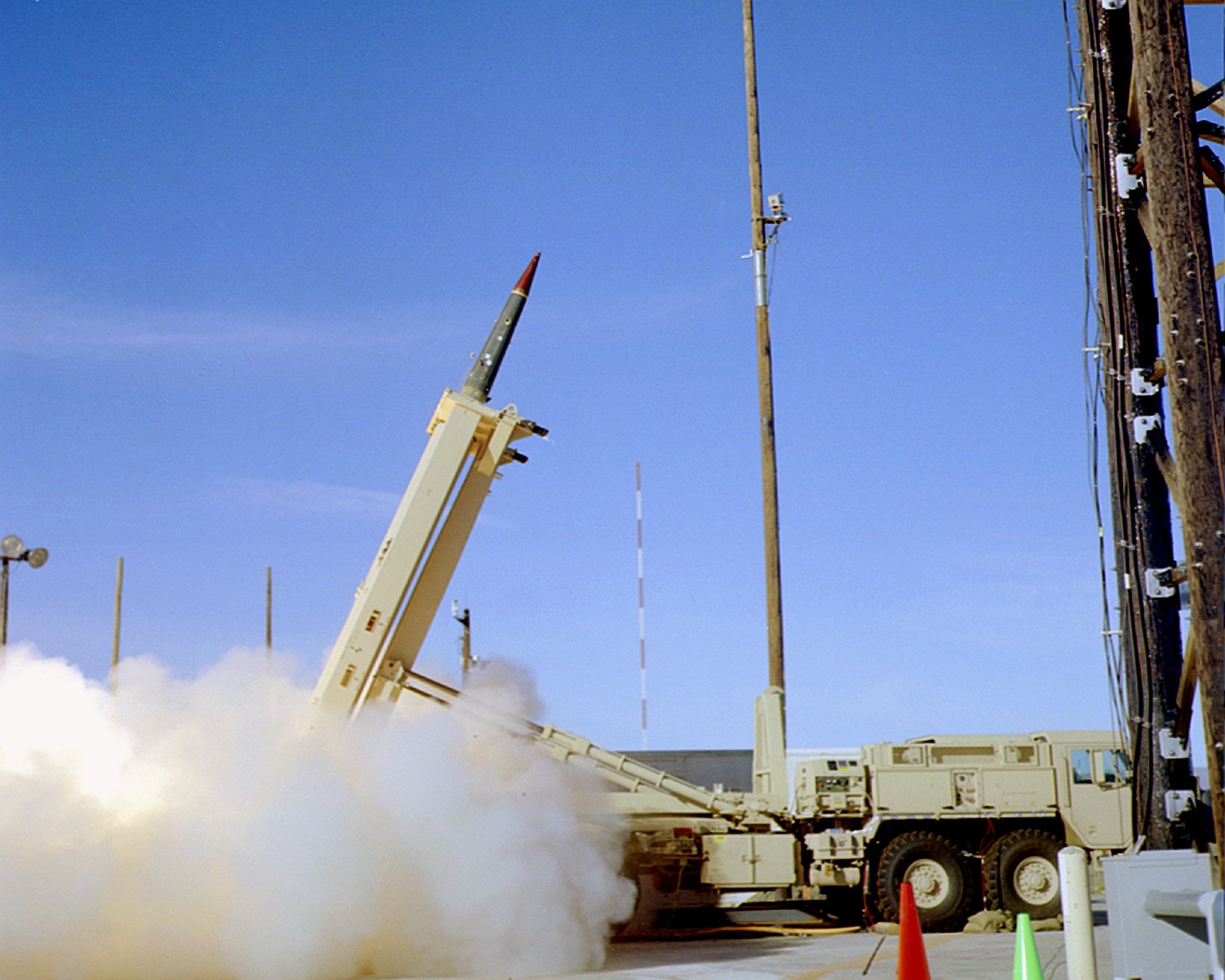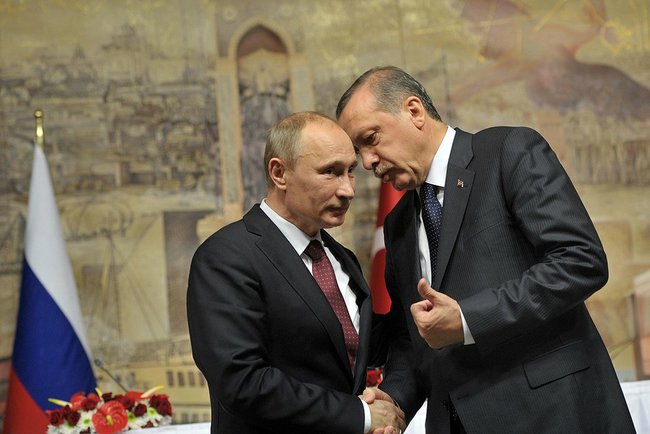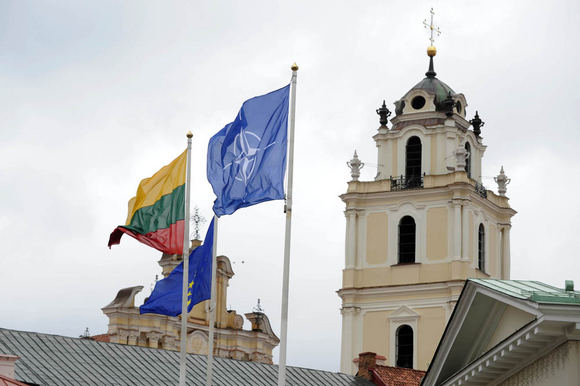The United States and South Korea have agreed to install an advanced missile system in the Korean Peninsula to counter neighbouring North Korea’s nuclear missile threat. The two countries announced on June 15, 2016 that they had made a final decision to deploy the system “as soon as possible,” most likely by the end of 2017. The decision was made in response to a growing ballistic missile threat from North Korea, a South Korean defence ministry official said in a televised briefing. The plan to deploy a Terminal High Altitude Area Defence (THAAD) battery has since angered China and prompted a North Korean warning of retaliation.
THAAD is designed to shoot down short and medium-range ballistic missiles in the terminal phase of their flight. It has a range of 200km and the US has previously deployed it in Guam and Hawaii as a measure against potential attacks from North Korea. North Korea and South Korea are technically still at war (their 1950-53 conflict having ended in an armistice, not a peace treaty). The North regularly threatens to destroy Japan, South Korea and the South’s main ally, the United States.
Tension on the Korean peninsula has been high since North Korea conducted its fourth nuclear test in January, and followed that with a satellite launch and a string of test launches of various missiles. North Korea’s military reacted to the announcement of the THAAD installation stating there would be a “physical response” and the next day unsuccessfully fired a missile from a submarine. Despite its apparent failure, these missile test suggests North Korea will likely continue to develop weapons of mass destruction in defiance of growing international pressure.
North Korea’s reaction is unsurprising given the nation’s reputation and history, but neighbouring China’s negative response could threaten the stability of the region. The country reportedly said last month that THAAD’s X-Band radar has a range of nearly 1,243 miles and can be used to spy on Beijing’s military activities. China’s foreign minister, Wang Yi, stated that THAAD exceeded the security needs of the Korean peninsula and the deployment “doesn’t help achieve the objective of denuclearization in the peninsula, doesn’t benefit maintaining peace and stability in the peninsula,”. He went further in critiquing the motivations behind the project, stating “We have every reason, and the right, to question the real conspiracy behind this move.” South Korea’s President Park spoke of this concern in an apparent message to Beijing, explaining that the THAAD system was not intended to target any third country but was purely aimed at countering the threat from the North.
Several days later the site of the THAAD system was announced to be in the southern county of Seongju, about 290 kilometers southeast of Seoul. THAAD’s maximum intercept range is about 200 kilometers, meaning the missile shield will leave Seoul and its surrounding areas vulnerable to North Korean missiles.
Authorities believe that Seongju will provide better protection for South Korean and U.S. military headquarters, including Camp Humphreys, a new U.S. military base, where most of the 28,500 American troops stationed in South Korea will be moved by next year. “The primary goal of deploying THAAD here is to protect U.S. troops and its equipment. In that respect, do we need to compromise our diplomatic relations with Beijing, who bought 26 percent of all Korean exports last year by allowing the THAAD deployment?” asks Cheong Seong-chang, a senior fellow at the Sejong Institute.
The anti-missile system provides yet another friction point between the competing powers, U.S. and China. In addition to maritime rights in the South China Sea, the U.S. is seeking to maintain its strategic dominance in the region amid China’s rise, while Beijing pushes back against what it sees as a Washington-led containment effort.
THAAD’s location was announced a day after the Permanent Court of Arbitration in The Hague ruled against China’s claims in the vital trade corridor, through which some $5 trillion of cargo passes annually. The U.S. Treasury Department for the first time on Thursday imposed sanctions on North Korea’s leader, Kim Jong Un, and other top officials for widespread human rights abuses. North Korea rejects the sanctions as infringement of its sovereignty and its right to space exploration. Pyongyang called the sanctions an “open declaration of war” and cautioned Washington that the East Asian nation will cease all diplomatic channels with the U.S. until the sanctions are revoked. This does not please the Chinese Communist Party, which does not want any attention paid to its own human-rights record.
It is clear there are competing geopolitical motivations and objectives coming from each major power, though many South Koreans are also vehemently opposed to the decision, especially the residents of Seongju. Seongju is heavily reliant on agriculture and there is a strong fear of potential environmental degradation. With the announcement, no less than 5,000 farmers gathered to protest in the streets chanting “We oppose THAAD with our lives!” and holding banners inscribed with the same words. They also argue that the decision to place THAAD near their homes should be declared null and void as it was taken without “fair and transparent” consultation with the local government.
Photo: By United States Missile Defense Agency via mda.mil. Public Domain.
Disclaimer: Any views or opinions expressed in articles are solely those of the authors and do not necessarily represent the views of the NATO Association of Canada.




